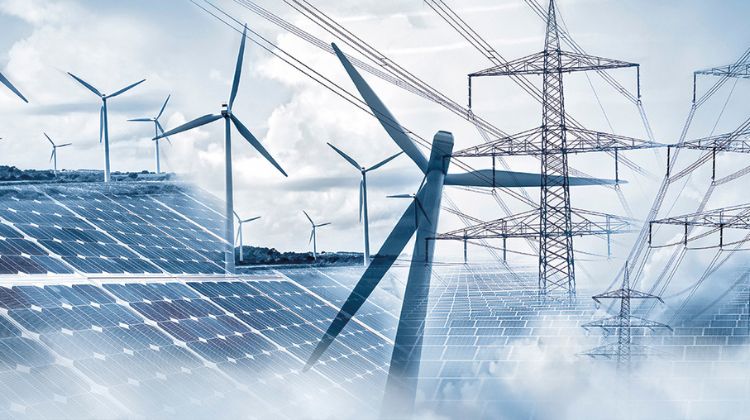A group of 131 companies, investors and trade organisations urged the European Union to set a 90% emissions reduction target by 2040 , in order to offer a signal of political and economic commitment capable of restoring market confidence and accelerating investment in clean technologies .
The initiative, coordinated by Corporate Leaders Groups Europe (CLG Europe) , was formalized in a letter sent today to the EU institutions, on the eve of the meeting of European leaders in Brussels on October 23 and 24 , where the direction of industrial competitiveness and the future climate framework for the region will be discussed.
The signatory companies—which include players in the energy, technology, financial, manufacturing, and transportation sectors—request that the new legislative package incorporate three core elements:
- a net 90% reduction in emissions by 2040 ,
- a Clean Industrial Pact that simplifies green investments and eliminates bureaucratic barriers,
- and the creation of leading markets with clear regulations, tax incentives, and strategic public procurement for low-carbon products.
CLG Europe emphasized that regulatory stability will be essential to sustain the transformation already underway.
“There is tremendous support from businesses and investors for an effective Clean Industrial Deal,” said Ursula Woodburn , director of the organization.
He explained that the world is experiencing an unprecedented technological revolution, and many companies have already invested in clean technologies in Europe, but “to ensure they reap the benefits of those investments, now is the time to turn intentions into actions that strengthen Europe’s industrial advantage.”
The private sector’s request comes amid an economic climate marked by slowing industrial growth in the eurozone and competitive pressure from the United States and China , which have deployed aggressive policies to attract green capital over the past two years.
The US Inflation Reduction Act , for example, offers more than $370 billion in tax credits and subsidies for manufacturing and clean energy, which has redirected some of the global investment previously directed to the European continent.
In this scenario, the EU is trying to shape a “Green Deal Industrial Plan” to offset the loss of attractiveness and accelerate the electrification of energy-intensive sectors such as steel, cement, and heavy transport.
For María Mendiluce , CEO of the We Mean Business Coalition , Europe still has time to consolidate its leadership: “The continent has a real opportunity to lead the next industrial transformation, driven by clean technologies that strengthen competitiveness, energy security, and long-term prosperity,” she noted.
However, he warned that this leadership “will not be maintained without a clear and substantive policy,” and therefore called for a coherent framework that offers certainty to investors and harmonizes regulation, finance, and innovation across the single market.
According to European Commission calculations, achieving a 90% emissions reduction target would require doubling the annual rate of renewable energy installation , which stood at 56 GW in 2024 , and tripling the installed energy storage capacity by 2040.
Furthermore, it would entail reducing demand for fossil fuels by 80% compared to current levels and an additional investment of €1.5 trillion in electrical infrastructure, smart grids, and local production of critical technologies such as batteries and electrolyzers.
The call’s proponents argue that companies are already mobilizing some of that capital: more than 1,000,000 jobs in Europe currently depend directly on the clean energy value chain, and that number is expected to double if a predictable investment environment is achieved.
In this sense, the proposed Clean Industrial Pact aims to ensure that these opportunities “are exploited on European soil and not relocated to regions with more attractive environments.”
Over the coming months, the proposal will be discussed in the European Parliament and the Council, where some Member States have already expressed reservations about the economic viability of the new target.
However, companies agree that climate ambition can be an industrial advantage , provided it is accompanied by clear incentives, reduced red tape, and an industrial strategy aligned with the energy transition.
For the signatories, setting a 90% target by 2040 is not just an environmental issue, but a long-term economic strategy : an opportunity to place Europe at the center of the global green economy, attract investment, retain talent, and strengthen energy security in an increasingly complex geopolitical context.






























